Please feel free to contact us if you are interested in our products or want to know more details or the latest price. We sincerely hope to cooperate with customers all over the world! Send your inquiry now!
Cooking oil processing machines which can process various oil seeds, including peanut, soybean, sunflower seed, palm, palm kernel, sesame, rapeseed, cotton seed, etc.,
sesame sunflower peanut seed and rape seeds oil in cape town
- Use: sunflower oil
- Type: sunflower oil extraction equipment
- Voltage: 220V/380V
- Dimension(L*W*H): 2000*1100*1950mm3
- Weight: 450 KG
- Warranty of core components: 2 Year
- Core Components: Motor, Pressure vessel, Pump, PLC, Gear, Bearing, Engine, Gearbox
- Oil Processing Types: Screw Pressing
- Application: Sunflower
- Feature: High Efficiency Low Cost
- Function: Making cooking Oil
- Advantage: Automatic temperature control
- Material: Carbon
- After Warranty Service: Online support
- pressing power: 15kw-6p
- Certification: CE ISO
- Market: cape town
soybean peanut coconut seeds oil expeller in cape town
soybean peanut coconut seeds oil expeller in cape town. Model Number:YZYZ-1 YZYZ-3 YZYZ-5; Machine: Twin Screw Peanut Oil Pressing Machine; Capacity: 1t/H 2t/H 5t/H; Raw material: Peanut Seed; Dry Type or Wet Type: Wet Type Peanut Oil Pressing Machine; Matching Machines: Sterilizer, Thresher, Digester, Press, Filter
We identified 13 oil-specific markers for sunflower seed oil, 8 for rapeseed oil, 5 for sesame seed oil and 3 for flaxseed oil, their retention times, accurate masses, and characteristic fragment ions are reported. The abundances of the markers for each plant species were found to vary depending on the oil producer and the product batch.
best quality cheap peanut oil seed press machines in cape town
small scale oil pressing machine south africa. Small scale palm oil extraction machine. Oil pressing machines for SALE at unbelievable prices! Perfect for making cooking and cold pressed oils from Peanuts, Seeds, Coconut, Olives, Corn Pummels 13046 products sunflower oil press making machine south Africa Factory Price Small Sunflower Cold Peanut Screw Oil Press Making Machine 150.
It is similar to the Komet Oil Expeller described below. Various models are available for cold-pressing rapeseed, linseed, fl axseed, sunfl ower seed, sesame seed, peanut, groundnut, mustard seed, poppy seed, cotton seed, jojoba, and more. Komet Vegetable Oil Expellers are manufactured by IBG Monforts in Germany.
soybean olive black seeds oil press machine prices in cape town
Extra virgin olive oil press 100kg per hour with a washer and de-leafer as well as a 500Lt oil storage tank with pump and bottling machine, comes with 2 year... 3 gumtree.co.za The machine is made using the stainless steel and is sued in fetching the oil from peanuts, coconut, sesame, soybean, walnuts, sunflowers seeds, vegetable seeds, flax
The oil extractor has a widely usage and perfect oil pressing effect. It can make peanut oil, groundnut oil, sunflower seed oil, sesame seed oil etc grain oils. Pressed oil light color, nutrient-rich, little damage to the protein, is conducive to the full utilization of oil protein. ·MOQ:set. ·Supply Ability: 200 sets per month.
soybean peanut seed oil extraction machine in cape town
Oil Press Machine - Zhauns. Oil Press Machine. Description Description. Extract oil from various nuts and seeds; Oil extraction will vary Cape Town. Tel: +27 (0)21 447 3665; ; Oil content of soybean is low, poor plasticity, so it is generally softened before flaking.
Sunflower seed has more phosphorus, magnesium, zinc, iron, manganese, choline, and copper. Sunflower seed also has over seven times more selenium. In a 100g serving, sunflower seed and peanut have 53µg and 7.2µg of selenium, respectively. On the other hand, peanuts provide more potassium and calcium.
Milk performance of dairy cows supplemented with rape seed
The animals were assigned to four dietary treatments according to DIM and milk yield, and supplemented with no oil (control), 2% rapeseed oil (RSO), 2% peanut oil (PNO) and 2% sunflower seed oil (SFO). Milk yield and milk composition (fat, protein, and lactose) were measured. Dry matter intake was similar in all treatments.
cold hot soybean seed peanut oil pressing machine in cape town. Usage: Peanut OIL, Cooking Oil; Type: Peanut Oil Extraction Machine; Production Capacity: 80-800kg/h-99%; Voltage: 110V/220V; Dimension(L*W*H): 77*34*46(cm) Weight: 31.5kg; Core Components: Motor, Squeezer; Keyword: Mni Cooking Peanut Oil Extraction Machine Home Health Vegetable Oil
Where is sunflower seed oil produced?
Sunflower seed oil is produced on a large scale, particularly in Ukraine, Russia and Argentina, and almost two thirds of global production is concentrated in Europe [ 7 ]. In Poland, sesame and flaxseed oils are more expensive than sunflower or rapeseed oils, so confirmation of product authenticity has a huge financial impact on the food industry.
Does adding sunflower oil to rapeseed reduce phenolic content?
In the light of our findings, adding sunflower oil to sesame or flaxseed oil will apparently reduce the total phenolic content, whereas adding sunflower or sesame oil to rapeseed or flaxseed will result in decreasing the total content of carotenoids.
How many markers are there in sunflower rapeseed oil?
The set of 29 markers involving 13 markers for sunflower, 8 for rapeseed, 5 for sesame and 3 for flaxseed oil was determined. Markers were annotated to the level of retention times and characteristic ions, i.e. accurate masses of precursor and fragment ions. The structure of these compound are yet to be elucidated.
Does rapeseed oil have phenolic content?
Rapeseed oil and flaxseed oil were found to have a similar phenolic content: 20.43 ¡À 0.56¨C61.10 ¡À 0.76 mg GA/kg and 18.10 ¡À 0.42¨C45.12 ¡À 2.05 mg GA/kg, respectively. In a study by Toorani et al. [ 34 ], the total phenolic content (TPC) was lower in sesame seed oil (51.0 ¡À 1.4 mg/kg).
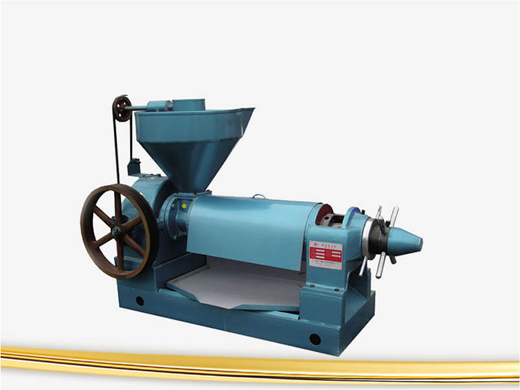
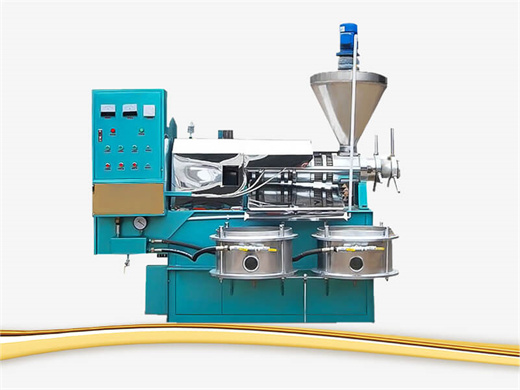

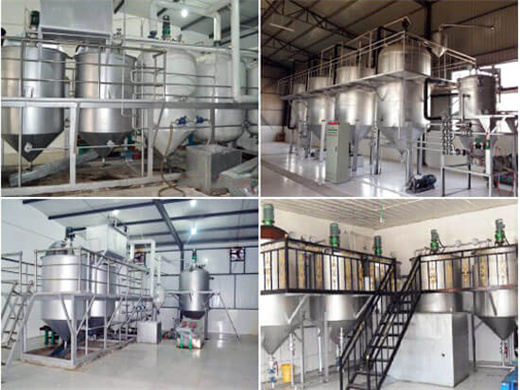
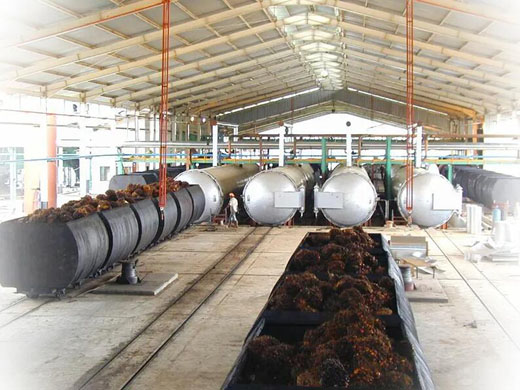
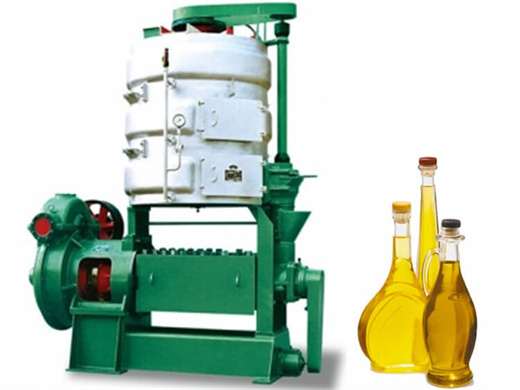
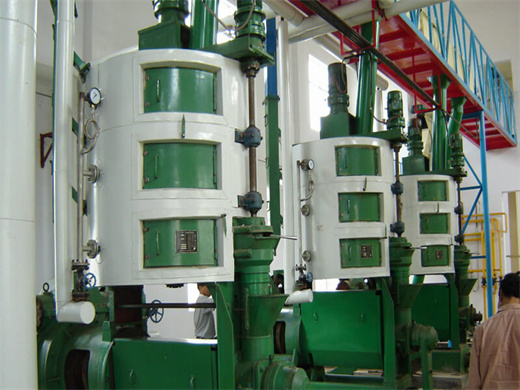
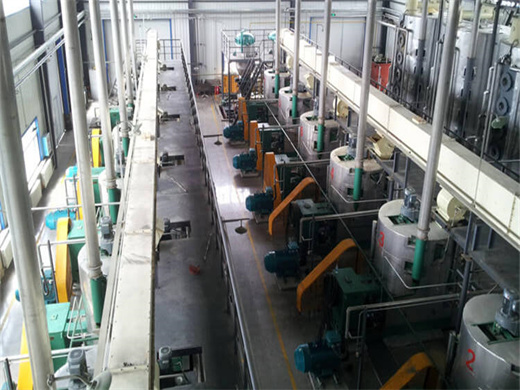




















REQUEST A QUOTE
Submit your enquiry, Our professional team will reply to you within one business day.Please feel free to contact us!